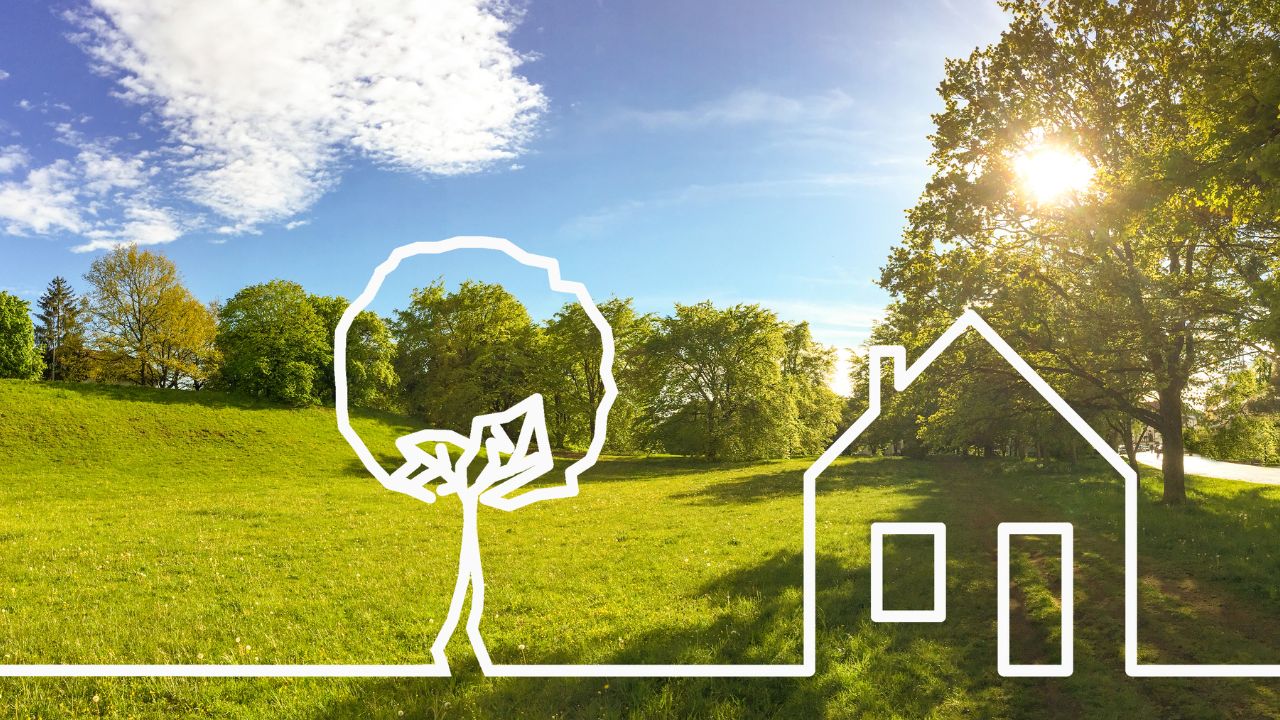In 2019, the government legislated a net-zero emissions target by 2050, becoming the first major economy to do so. This commitment has set the stage for transformative changes across multiple sectors.
From transitioning to renewable energy sources and reducing transport emissions to embracing the concept of a circular economy and sustainable design, both the general public and businesses are addressing environmental challenges and transitioning ways of working to a more sustainable future.
With this in mind, we’ve developed a Green Cities Index, ranking the UK’s most sustainable cities based on the number of EV charging stations¹, number of green buildings², number of cyclists³, air quality forecast⁴ and the rate of recycling in each location⁵.
According to the Green Cities Index, the top ten most sustainable cities in the UK are:
- Oxford
- Cambridge
- Bristol, City of
- Dorset
- Guildford
- Bournemouth, Christchurch and Poole
- Wakefield
- Cherwell
- Manchester
- Ealing
Our study indicates that Oxford is the UK’s most green city, with 21% of bicycle users in the area cycling at least five times a week and over 117 EV charging stations across the city. Oxford also ranked in the top five locations with the most green buildings.
According to recent data from the Met Office, the location home to one of the world’s top research universities also has an air quality forecast of 5 (moderate) based on five key pollutants: ozone, nitrogen dioxide, sulphur dioxide, PM2.5 and PM10 particles that can have an impact on your health.
It looks like Oxford University’s Environmental Sustainability Strategy for the council, with ambitious targets to achieve net zero carbon and biodiversity net gain by 2035, is well underway.
Cambridge takes the silver medal in our list of the UK’s greenest cities. With a strategy to be net zero carbon by 2030, they have set a target to reduce emissions from buildings and vehicles by 15% and currently have 29 EV charging stations to promote the usage of electric vehicles and the highest percentage of bicycle users (15.4%) in the UK.
Only two northern cities made it into the top 10 greenest cities ranking. Although Wakefield needs more people who cycle at least five times a week, it scored high in the number of EV charging stations available (65), with an air quality forecast of five.
Although Manchester ranked in 7th place overall, the first industrialised city in the world came out on top for the number of green buildings (446), 207 more than ‘the greenest city’, Oxford.
Green buildings play a vital role in promoting sustainability and addressing environmental challenges. They are designed, constructed, and operated with a focus on reducing their environmental impact and improving the wellbeing of occupants.
According to the Green Cities Index, the top ten cities in the UK with the most green buildings are:
- Manchester
- Cambridge
- Bristol, City of
- Oxford
- Leeds
- Buckinghamshire
- Birmingham
- Stafford
- Nottingham
- Derby
Green buildings prioritise energy efficiency by incorporating design features and technologies that reduce energy consumption. This includes efficient insulation, high-performance windows, energy-efficient lighting systems, and renewable energy sources like solar panels.
How can structural glass design help reduce carbon emissions?
You can use structural glass strategically and innovatively in green buildings as the material can help to reduce carbon emissions and combat climate change through energy-efficient design, solar power generation, green manufacturing practices, and sustainable building design.
By embracing innovative glass solutions and considering the environmental impact throughout the life cycle of glass products, we can harness its potential to create a more sustainable and climate-resilient built environment.
Here are several ways in which glass can play a role in sustainability efforts:
- Energy efficiency: Glass can be designed to enhance the energy efficiency of buildings. Advanced glazing technologies, such as low-emissivity (Low-E) coatings and double or triple glazing, can improve insulation and reduce heat transfer. These technologies help to minimise the need for heating, ventilation, and air conditioning, resulting in lower energy consumption and reduced carbon emissions.
- Enhancing daylight: Glass allows natural light to penetrate indoor spaces, reducing the need for artificial lighting during the day. By incorporating larger windows, skylights, or glass facades, buildings can maximise natural lighting, saving energy and reducing reliance on electricity. Enhancing daylight can help to lower carbon emissions and creates healthier and more productive indoor environments supporting wellbeing.
- Solar Power Generation: Photovoltaic (PV) solar panels can be integrated into glass facades or windows to generate renewable electricity. Known as building-integrated photovoltaics (BIPV), these innovative glass solutions harness solar energy while providing glass’s structural and aesthetic benefits. Using BIPV technology, buildings can generate clean, sustainable energy and offset their carbon footprint.
- Greenhouse Gas Reduction in Manufacturing: Glass production involves high-temperature processes that typically emit significant greenhouse gases, such as carbon dioxide (CO2). However, advancements in glass manufacturing techniques, such as using alternative fuels or adopting carbon capture and storage (CCS) technologies, can help reduce emissions associated with glass production. Additionally, recycling glass reduces the need for virgin raw materials and lowers energy consumption in the manufacturing process.
- Sustainable Design: Glass can be a crucial element in sustainable building design, which considers the entire life cycle of a building. Architects and designers can optimise natural light, thermal comfort, and energy performance by incorporating efficient glass solutions. Additionally, glass walls or greenhouses can create passive heating opportunities, utilising solar energy to naturally warm buildings and decreasing reliance on heating systems.
- Longevity and Durability: Glass is extremely durable and can withstand harsh environmental conditions. This longevity reduces the need for frequent renovations and minimises waste generation. By selecting high-quality glass products and maintaining them properly, buildings can achieve long service life, reducing the overall environmental impact of replacements and redesign.
- Recyclability: Glass is highly recyclable and can be used to produce new glass products. By incorporating recycled glass into the manufacturing process, the demand for new raw materials decreases, leading to energy savings and reduced carbon emissions. Recycling glass also helps divert waste from landfills, reducing waste and conserving resources.
From curved toughened glass to jumbo laminated glass, please find out more about our glass products, or head to our blog for more business news, industry updates, tips and trends.
Methodology and Sources
To create our Green Cities Index¹, we gathered relevant data looking at the number of EV charging stations¹, number of green buildings², number of cyclists³, air quality forecast⁴ and the rate of recycling in each location⁵. From the data found, we were able to pull together the average ranking position for each location to collate the top ten rankings.
- The number of EV charging stations: https://www.gov.uk/government/statistics/electric-vehicle-charging-device-statistics-april-2023
- The number of green buildings (based on BREEAM Assessments that have been certified under BREEAM 2008 onwards): https://tools.breeam.com/projects/explore/buildings.jsp?sectionid=0&projectType=&rating=&certNo=&buildingName=&client=&developer=&certBody=&assessor=&location=BARNSTAPLE&countryID=56&partid=10023&Submit=Search
- The number of people who cycle for any purpose at least five times a week: https://drive.google.com/file/d/1t6zyEd-tGbMaieq3NEzrIz5NNXSGeHq0/view?usp=drive_link
- The air quality forecast correct as of 14/06/23: https://uk-air.defra.gov.uk/forecasting/locations?q=leeds
- The rate of recycling in each location: https://www.letsrecycle.com/councils/league-tables/2020-21-overall-performance-2/



